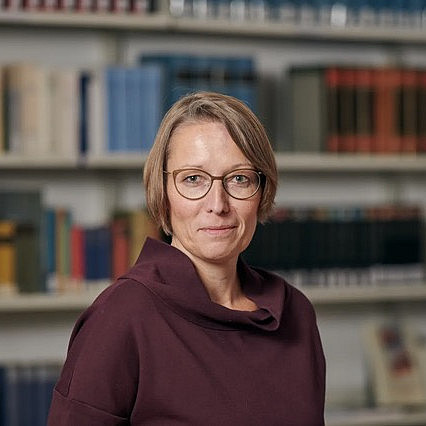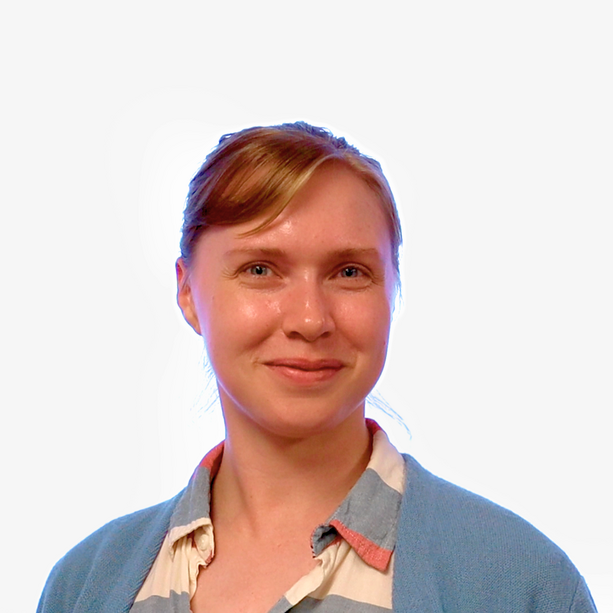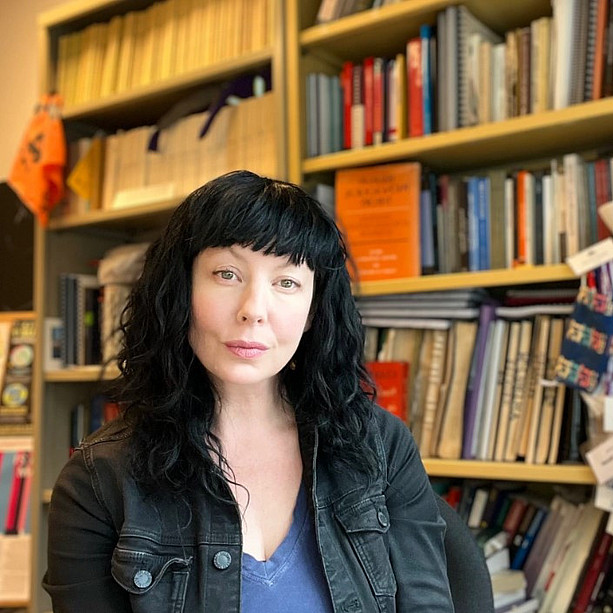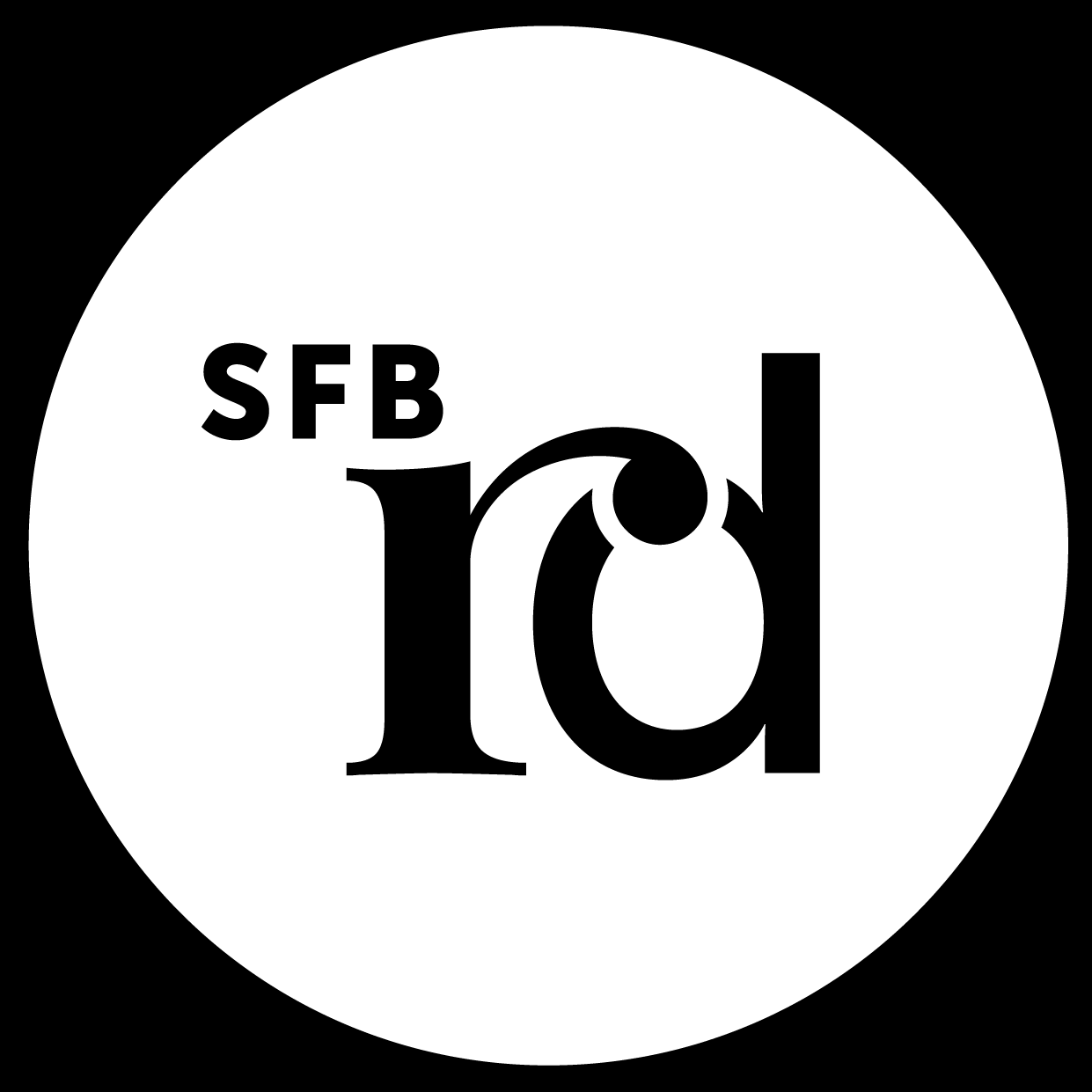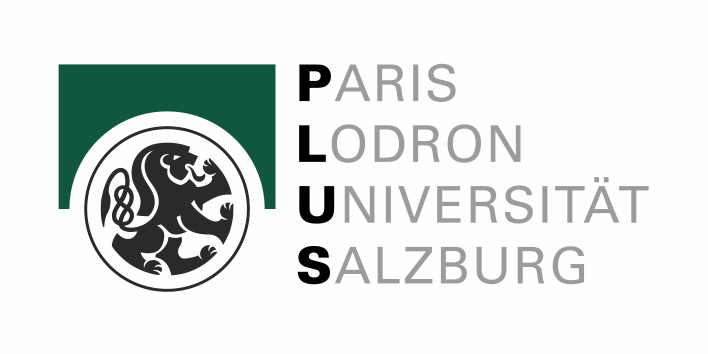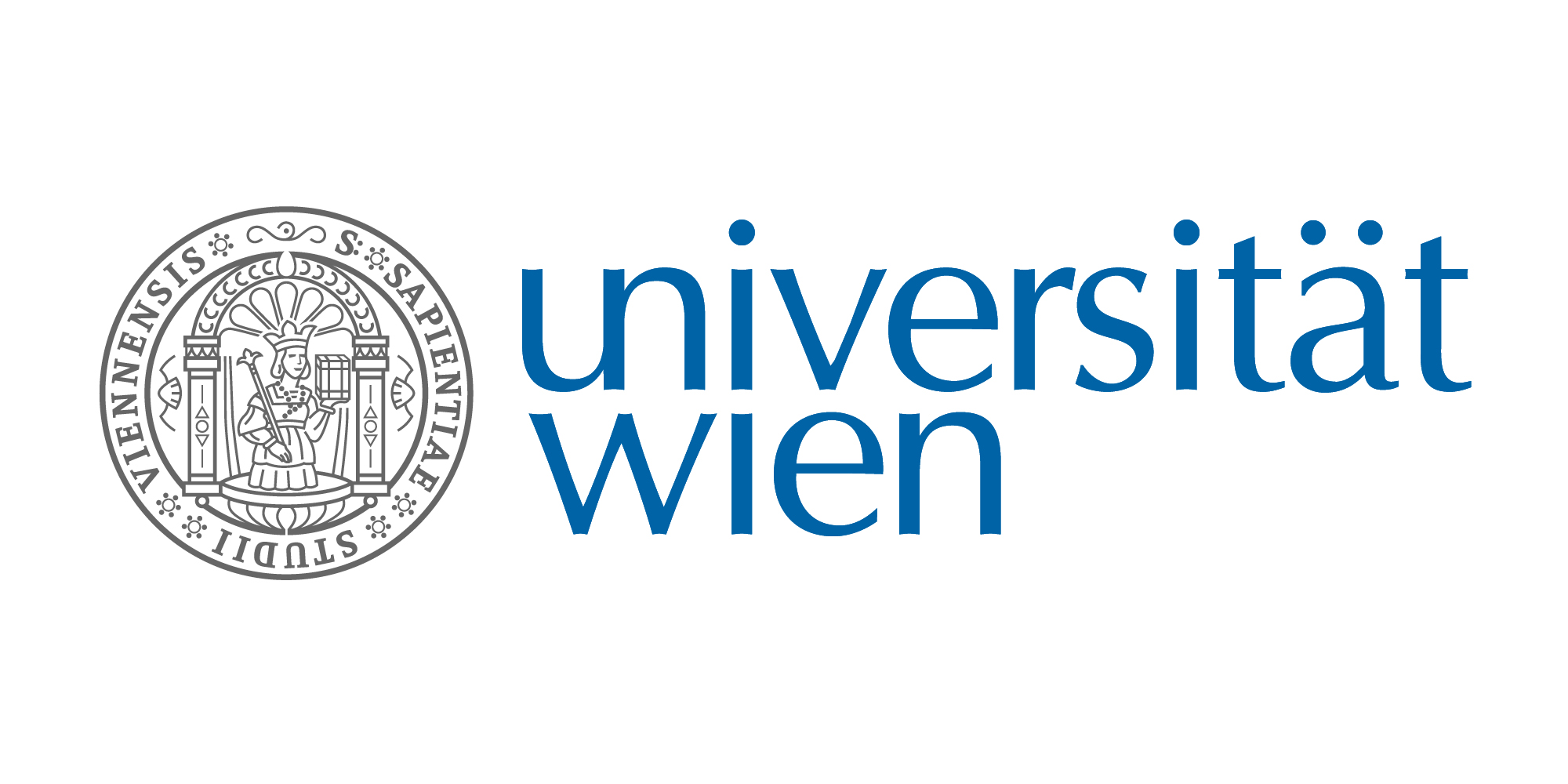Invited speakers
Petra B. Schumacher is Professor of Empirical Linguistics at the Department of German Language and Literature I at the University of Cologne, Germany. She received her PhD in Linguistics from Yale University with a dissertation on the representation and interpretation of dependecies at the syntax-discourse interface. Her research focuses on processes at the interface of syntax, semantics, pragmatics and prosody, with emphasis on reference resolution, information structure and various aspects of meaning constitution in discourse. Her key interest is the time-course of language comprehension, which she investigates by means of online methods, in particular event-related brain potential studies. She is speaker of the Cologne-based Collaborative Research Center „Prominence in Language“, an active member of the experimental pragmatics community and associate editor of Glossa Psycholinguistics and Language and Speech.
Shannon Bryant is a Postdoctoral Associate in the Center for Cognitive Science at Rutgers University. She received her PhD in Linguistics from Harvard University. Her research centers on the syntax-semantics interface, combining formal theoretic and experimental approaches to study the mapping between form and meaning and the division of labor between the two in explaining natural language phenomena. Specific topics investigated in her work include binding, reflexivity, argument structure, clausal complementation, and control.
Heather Newell is a full professor at the Université du Québec à Montréal. Her work touches the interface between the phonological and syntactic modules, and more specifically questions of how syntactic cyclicity determines cyclic phonological computation. She has published on phenomena such as bracketing paradoxes, stress, hiatus resolution, so-called Level 1 and Level 2 morphemes, as well as broader discussions of the role of phases in phonology and modularity. She is currently examining the relationship between the syntax of pronouns and their cross-linguistic reduction patterns.
